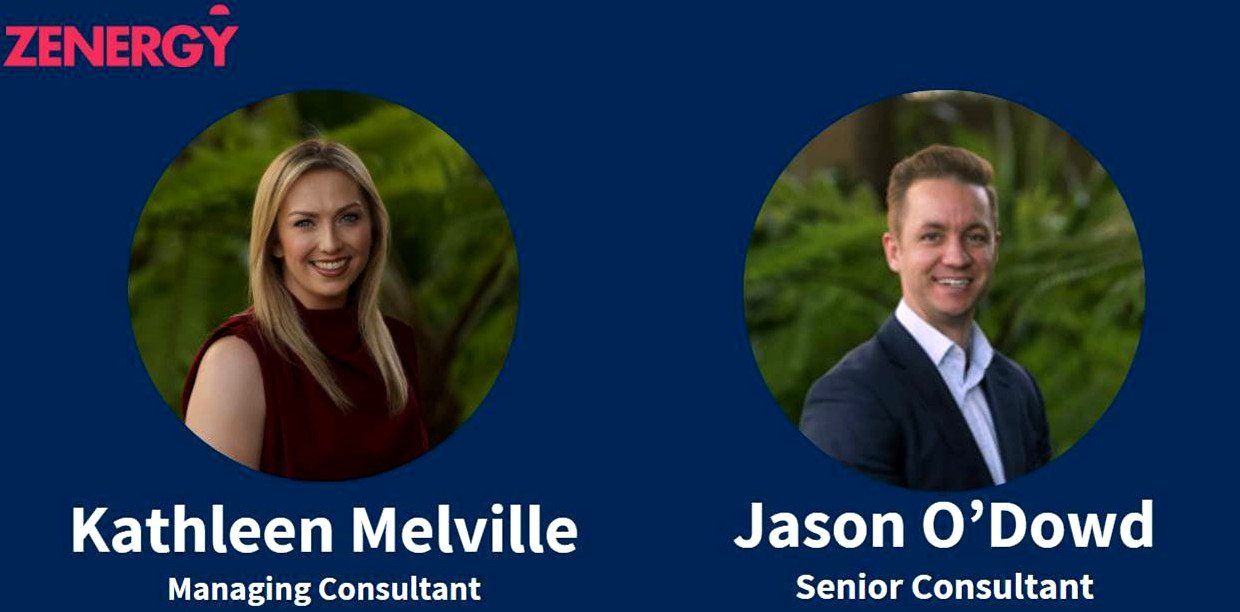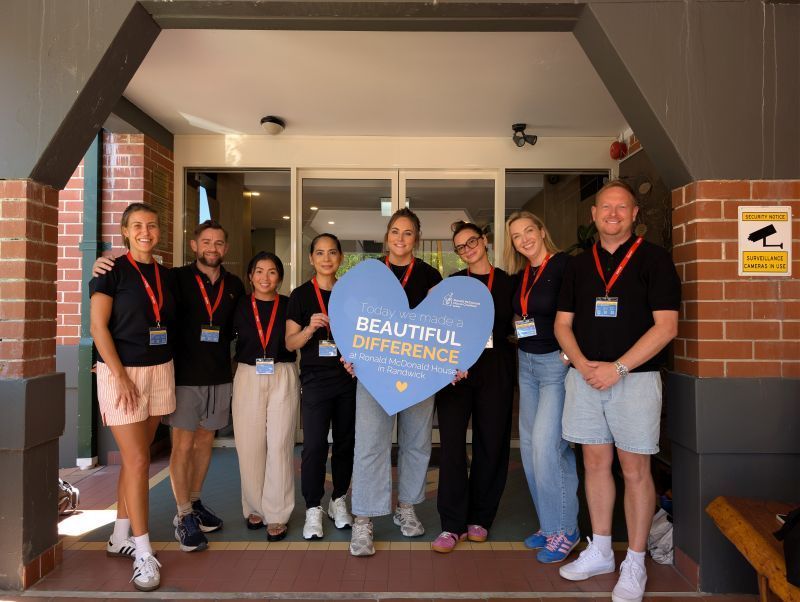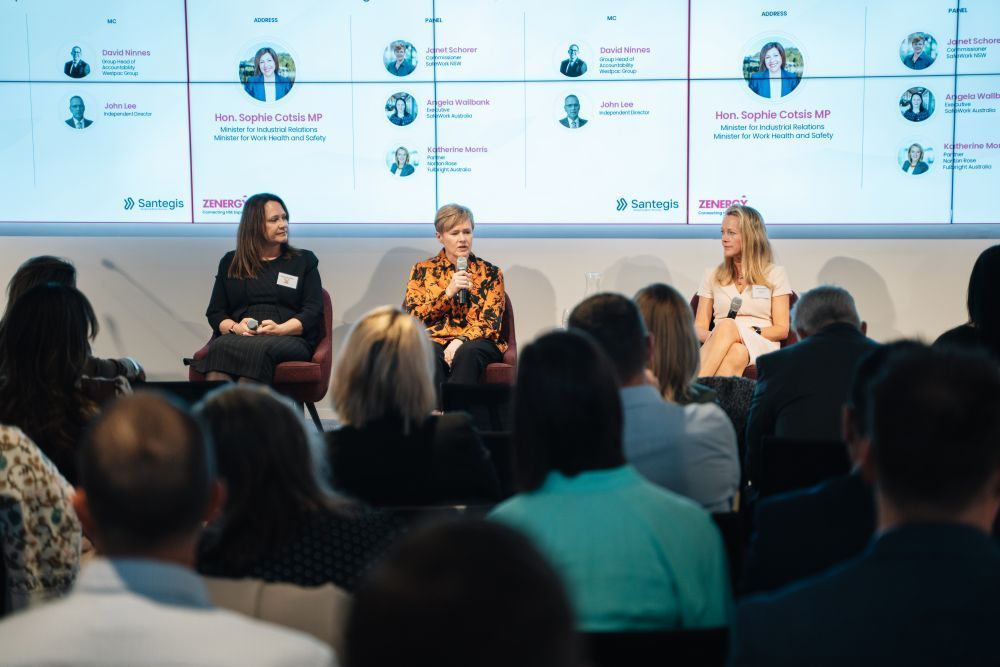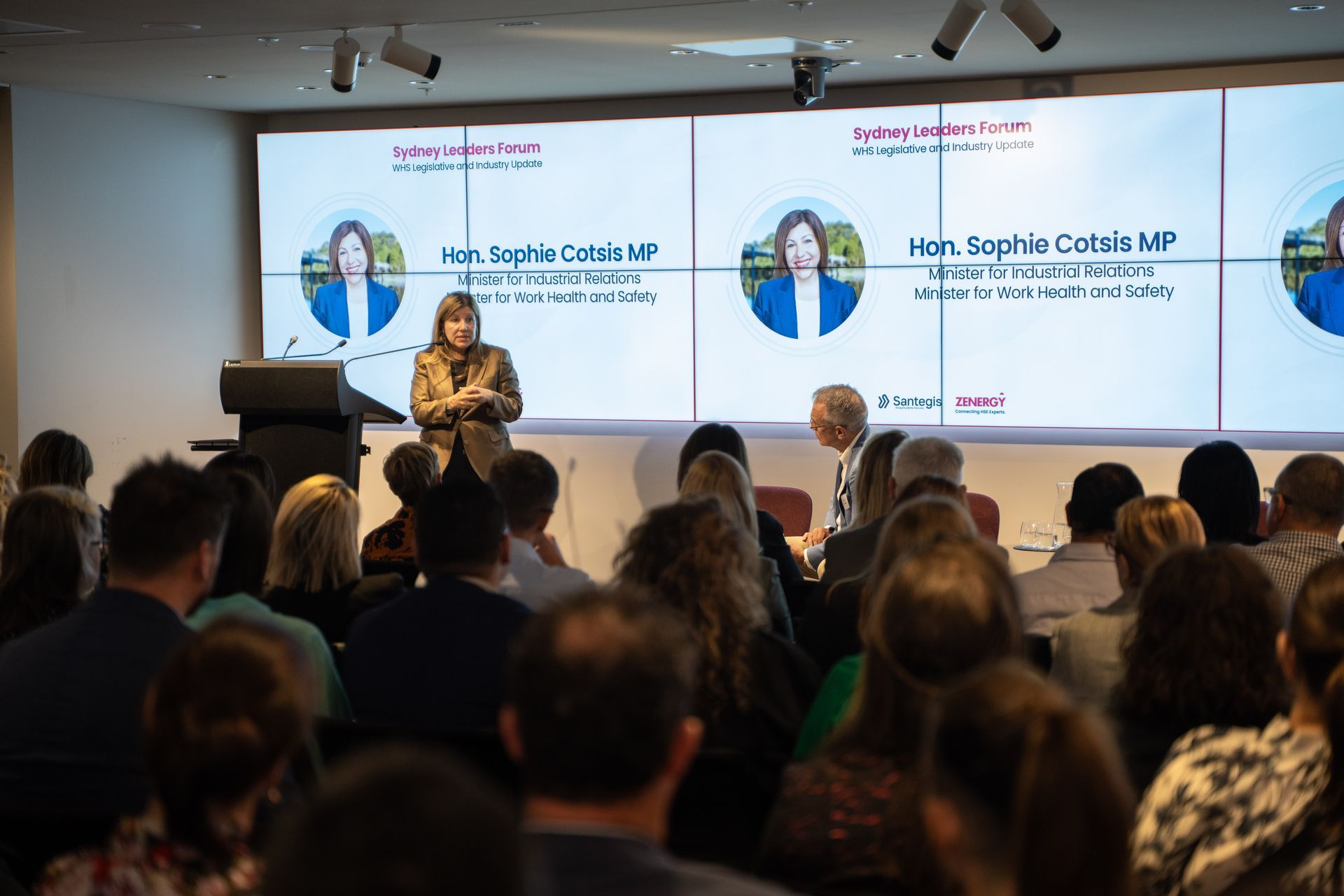Moving Forward – The Current Market – with AIHS
Live Webinar with AIHS on Current Market
On Wednesday 14 October 2020 Zenergy partnered with The Australian Institute of Health and Safety on the first of a 3-part series, where we explored the current search and recruitment landscape in Safety, Health & Wellbeing in Australia.
During this webinar the Zenergy team provided data, trends and commentary on the recruitment landscape from January 2020 to now including changes in the safety Health & wellbeing safety market, from both a jobseeker and organisational perspective.
The Zenergy presenters Kathleen Melville and Jason O’Dowd discussed the changing landscape of work and how different organisations are adapting. Strategic advice on career planning in the new environment. Understanding how to pivot and stay relevant with a discussion on what organisations are looking for in safety health & wellbeing professionals.

Zenergy have specialised in Health, Safety and Environment recruitment across Australia and Asia Pacific for the last 15 years, browse our current job vacancies, register for new jobs alerts or submit your CV click here






